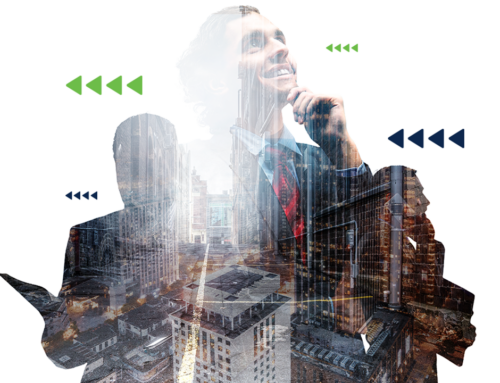The global pandemic has affected nearly all industries. Some industries have survived, while others are surviving. The pandemic has to various technology trends. In this article, we talk about the Top 10 Technology Trends in Retail.
The retail industry can be essential or non-essential. Both were hit hard with the pandemic. But technology has helped retail continue their services online.
So, how has the pandemic changed the way retail sectors operate? How has it transformed to meet their customers’ behavior? Continue reading to find out the Top 10 Technology Trends in Retail.
Technology Trends in Retail
-
PoS Systems
The key to the PoS systems is to have a reliable and stable system that connects both online and in-store purchases. All purchases must be recorded and integrated at a swift pace so that all transactions, inventory, and promotions are recorded.
Once everything is aligned this can ensure smooth same-day deliveries and online shipping. All of this can be done if you’re PoS System is set up properly and works well with the use of technology.
2. Contactless payments
Although contactless payments have been available for a few years. The pandemic increased this trend. According to Visa, tap-to-pay transactions grew more than 30% since 2021.
Many customers feel more comfortable making digital payments. In fact, they find it to be the safest option stores can offer them. Finally, contactless payments cover both health and safety concerns.
3. Voice Assistants
Voice assistants have increased revenue. Online shoppers find it easier to use voice assistant technology. This is because voice assistance can help provide useful information such as store hours, inventory, prices, FAQs, and product availability.
4. AI-Driven Demand Forecasting
Demand Forecasting helps identify product demands for the future. It enables manufacturers to understand their customer behavior, which products should be in stock and which products shouldn’t.
Demand forecasting improves supplier relationship management, customer relationship management, order fulfillment and logistics, marketing campaigns, and manufacturing flow management.
5. Creating a 360-Degree View of Consumer Behavior
Now it is easier to track consumer behavior with the various amount of consumer data available. All the data available for the retailers can help them make specific loyalty programs, plan ad campaigns, and boost conversion across channels.
6. Security
During the start of the global pandemic, there was an increase in retail fatalities, violent incidents, and cyber attacks.
Retail professionals have had to find ways to adapt to the new norm. For example, some retailers started to use edge computing technology. This is a great way in transitioning their stores into the “new norm.” They are updating and innovating their existing security systems.
Secondly, businesses have decided to make investments on their cyber-security. It is important that a businesses data, employees, and systems are all protected. They must have a secure cyber security system to prevent future threats.
7. “Pre store” Research
If your products are not searchable online, now’s the time to make the transition. Customers nowadays are more careful when they go shopping. So, it is important that your products are available for viewing online. This includes product description, reviews, availability, and everything else your customers need to know.
One way of doing this updating or creating a website or profile. This is so that your customers can easily find you.
8. Other Means of Delivery
Now that we know technology is here to stay. Everything just gets a little more exciting! Not just for shoppers but also for businesses. Businesses can met their customer demands with faster and efficient delivery. A few shipping giants and major retailers are already ahead of the game. With their launched fleets inside warehouses and ports, and delivery drones.
9. Virtual Customer Engagement
Despite the setbacks of the pandemic. Businesses must continue to keep their relationships with their customers. And what better way to do that than to use technology. Customer engagement has evolved. You can now engage with customers via online consultations, classes and events, social media brand ambassador programs, and more.
10. Augemented and Virtual Reality
This is the perfect way to shop without visiting a physical store. Some major brands have already started to use augmented and virtual reality. For example, IKEA has developed The Place App, where shoppers can design their room using only their smartphone. Then there is Loreal. Loreal allows customers to try on makeup using augmented-reality.
Conclusion
It is the third year of the Global pandemic. For those of you who haven’t adapted to the new norm, now is your chance. The only way to grow your business is to adapt to the technology trends around you. There are any ways your business can make adjustments to reach the rapid demands of your customers.
The Top 10 Technology Trends in Retail we have given you, should help as guideline on what changes you need to start making. Don’t get left behind.
Ardent Networks Inc. is an IT solutions and distributor. They work with brands across the globe and promise to give their customers and clients the best IT solutions on the market.
Visit Ardent Networks Inc. website and find out more information.






